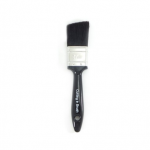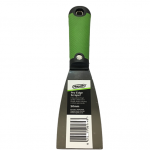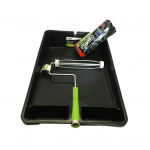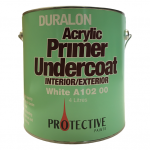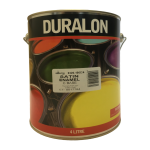How to Prep your Walls for Painting
Wall preparation can make or break the finished result on any surface. Here’s a few tips to help you with your next DIY project.
- Before prepping a room for painting, protect the furniture and flooring against splattering paint or accidents. A good idea is to remove furniture from the room altogether, if possible.
- Remember to wear safety goggles and older clothes in case the paint splatters.
- Dust and clean the walls. For most surfaces use a towel or a vacuum cleaner.
- When painting a bathroom or kitchen, wash the walls with sugar soap or similar solution as per directions on
packaging, rinse with clean water before you start your painting. - Scrape any cracked or flaking paint with a paint scraper. For other small imperfections on the wall such as plaster bumps, smooth them away with sandpaper. It’s a good idea to attach a piece of sandpaper to a block for better grip.
- Materials to have on hand when getting ready to paint: primer, paint-can opener, stirrer, roller sleeves, tray and handle, drop sheet, masking tape & cutting in brush.
- A high-quality primer will help to hide any small imperfections on walls. Choose a stain blocker for walls that have heavy stains from water or smoke damage, or if the wall has panelling.
- Before painting, protect the scotia, skirting and window trims with painters’ tape.
- Start in the corners of the wall and up near the ceiling, “cutting in” the paint with an angle brush.
- With a small brush, apply the paint around trim and in the corners of walls where your larger brush can’t reach.
- A great tip is to do a “W” pattern to paint walls. Start in the corner of a wall and roll on a 1 metre by 1 metre “W”; then fill it in without lifting the roller. Repeat until the section is finished. This helps hide seams and any places where the roller has been lifted and put back on the wall again.
- The best way to choose a colour is to try it out first. You can never make a good decision based on looking at the colour swatch in the store. Take it home and tape it to the wall to see how it works within the space and with your room’s lighting. The swatches don’t always reveal the actual colour when it dries. You can test a few colours of paint on a spare piece of wood and place it against the wall.

